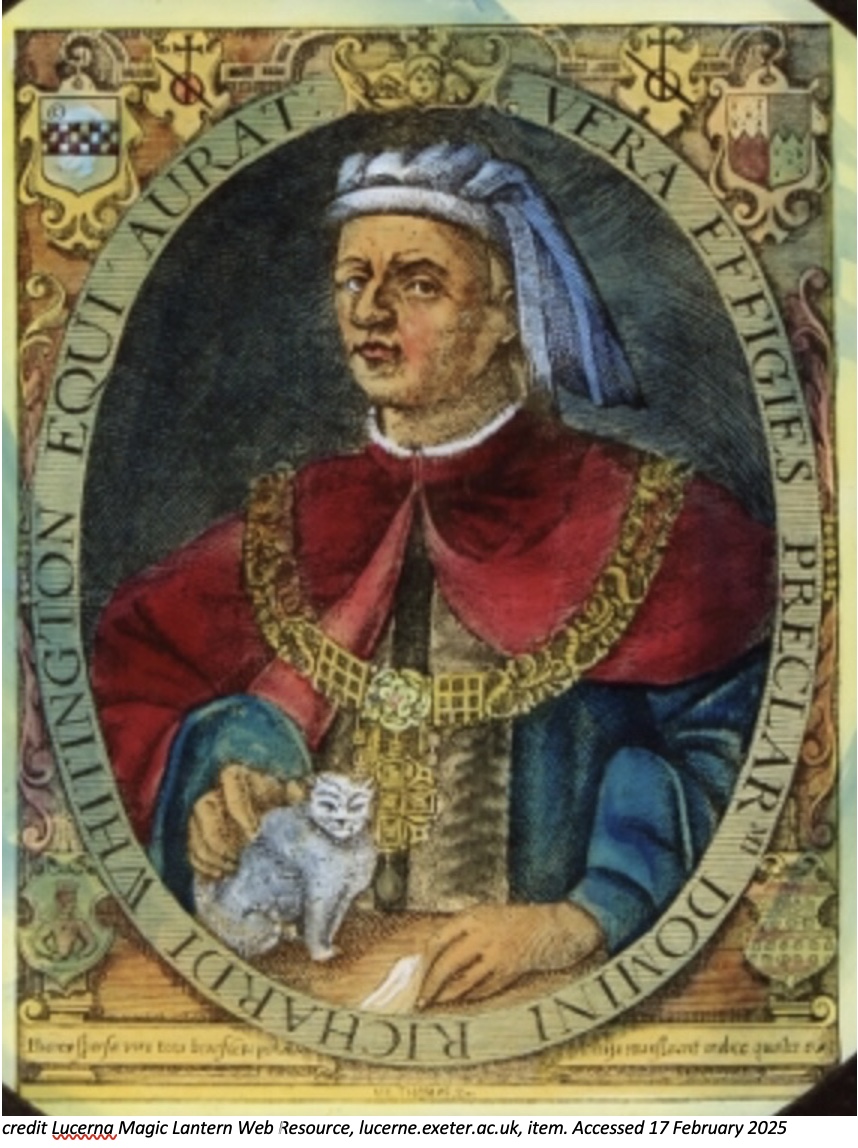Connections: Dick Whittington and ladies toilets
2 mins to read | July 2nd, 2025
Many of you will have heard of four times Mayor and pantomime hero Richard – or Dick - Whittington.
But did you know that he is thought to be responsible for the first segregated public toilets in the City of London? In other words – the first public ladies loos.

Richard Whittington was a wealthy merchant - a multi-millionaire in today’s terms. He was also a big believer in using his wealth to benefit the City and its people.
And in his day – the late 1300s/early 1400s – London had a population of roughly 40,000 – but few public toilets – so if you were caught short most people would do their business in the alleys.
So what better way to benefit Londoners than by providing them with a vast public toilet – which is exactly what he did. Whittington’s Longhouse is said to have had seats for as many as 128 people.

This image of a Roman toilet provides an idea of what it would have been like. No cubicles like today, but a long big plank with lots of holes in it. So you just sat next to your neighbour while you did your business.
Importantly, it is believed to be the first public segregated toilet with up to 64 seats each for men and women - divided by a wall – and possibly with separate access.
A public toilet of that size would have filled pretty quickly. Which is why it was built on the north shore of the Thames - roughly across from the Globe Theatre. This meant that twice a day the tide would naturally carry the waste away.
It worked so well that it lasted over 200 years - until it was destroyed in the Great Fire of London in 1666.
It was replaced by a smaller version - six seats for men and six for women. This structure lasted well into the 19th century.
So thank you Richard Whittington for the first public ladies loos in the City.
And if you want to know more about London’s famous Mayor – join us on our Power Behind the City walk.
